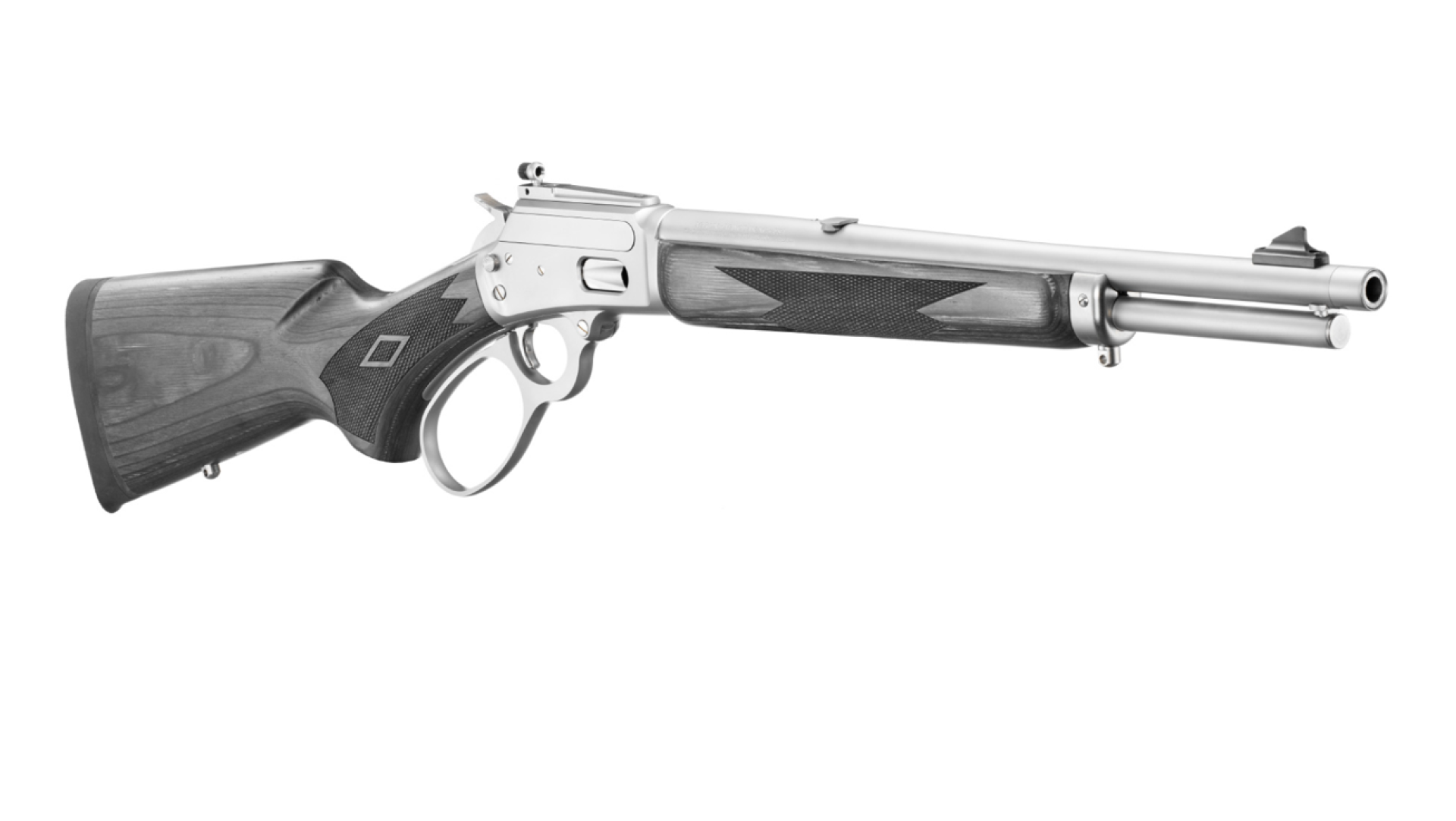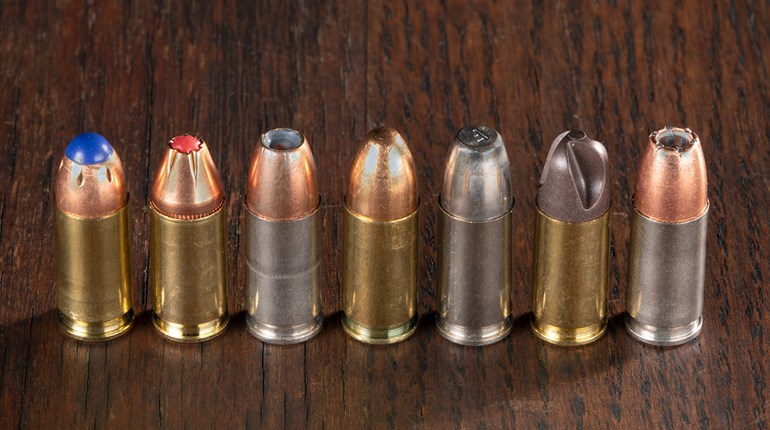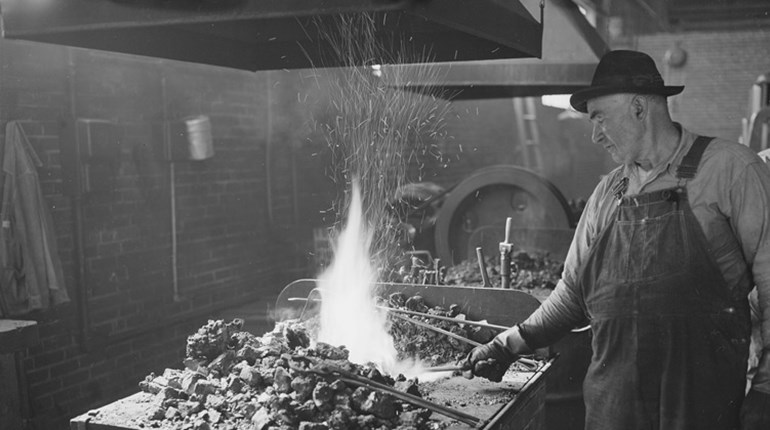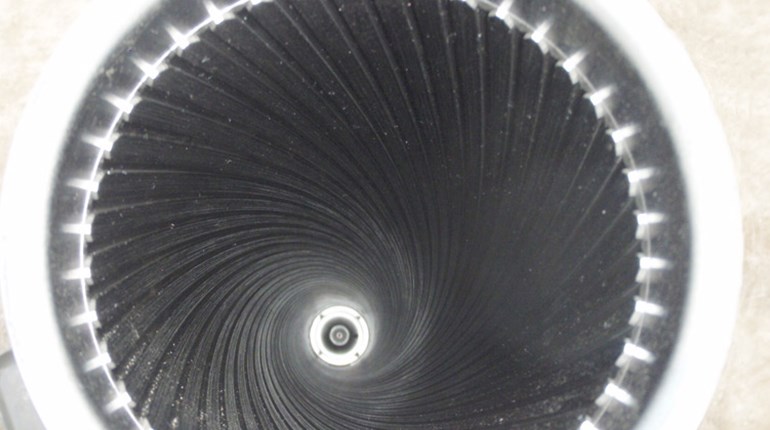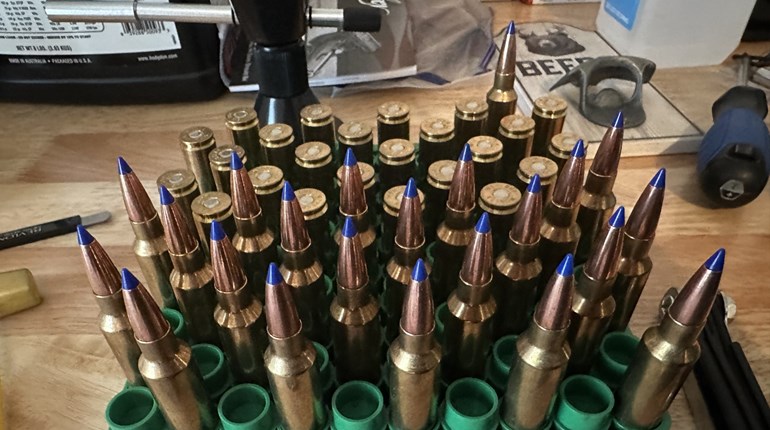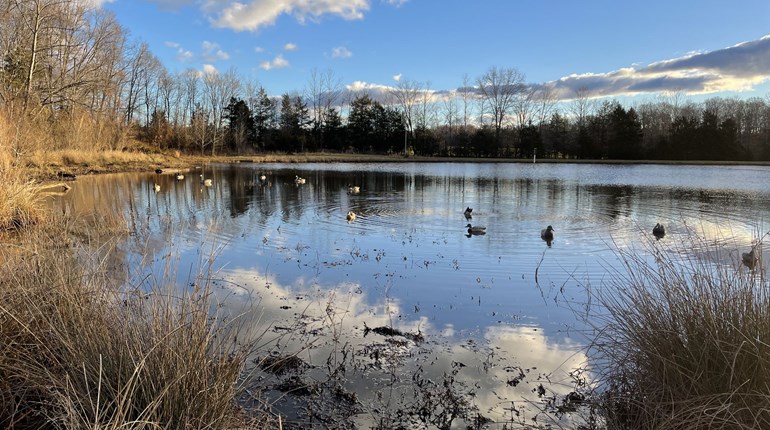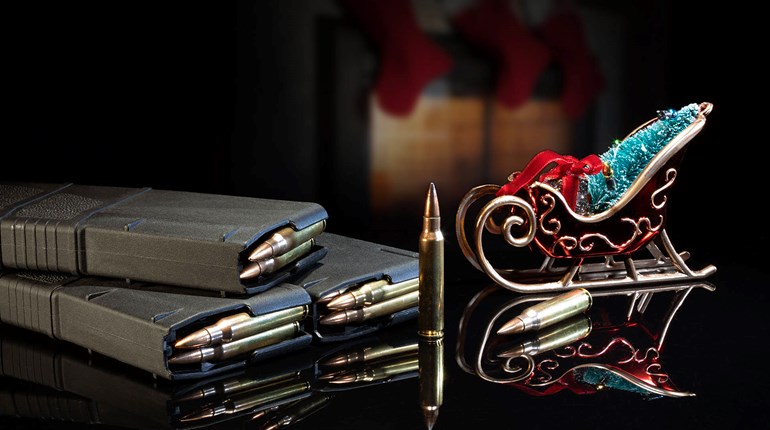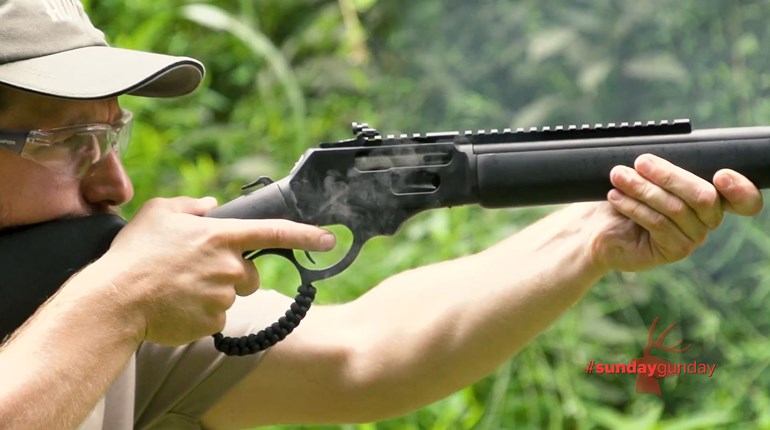** When you buy products through the links on our site, we may earn a commission that supports NRA's mission to protect, preserve and defend the Second Amendment. **

A gun barrel is a metal tube through which hot, rapidly expanding propellant gases convert stored chemical energy to kinetic energy by accelerating a bullet, shot swarm or other mass to a velocity. While this may seem simple, modern gun barrels are the result of over 600 years of continuous technological development. Although little more than a tube with one end closed, a gun barrel represents a complex blend of chemistry, physics, metallurgy, engineering and ballistics. In rifles and handguns, the barrel is the single most important factor in determining accuracy. In shotguns, the barrel controls the tightness and quality of the pattern.
Gun barrels also influence the physical characteristics of firearms such as overall length, weight and recoil, as well as handling qualities such as balance, swing and pointing.
All gun barrels have a cylindrical hole running completely through them, known as the bore, in which the bullet or shot swarm travels as it is accelerated. In rifles and handguns, the bore has spiral lands and grooves, which are called "rifling." As the bullet travels down the bore, the lands grip the bullet by engraving its outer surface, causing it to spin on its axis so it will stabilize in flight...much like the "spiral" of a football's travel. Rifling may either be left-hand twist or right-hand twist, with the latter being most common. Most shotguns have smooth bores with a constriction about 2 inches from the muzzle, which is known as the "choke." At the rear end of the barrel is an enlarged area for the cartridge, called the "chamber." The tapered portion at the front of the chamber is called the leade or throat in a rifle, and the forcing cone in a shotgun. Finally, the front end of the barrel is called the muzzle, and the chambered end of the bore is called the crown.
Stay tuned for next week, when we'll cover how rifling works.
Gun barrels also influence the physical characteristics of firearms such as overall length, weight and recoil, as well as handling qualities such as balance, swing and pointing.
All gun barrels have a cylindrical hole running completely through them, known as the bore, in which the bullet or shot swarm travels as it is accelerated. In rifles and handguns, the bore has spiral lands and grooves, which are called "rifling." As the bullet travels down the bore, the lands grip the bullet by engraving its outer surface, causing it to spin on its axis so it will stabilize in flight...much like the "spiral" of a football's travel. Rifling may either be left-hand twist or right-hand twist, with the latter being most common. Most shotguns have smooth bores with a constriction about 2 inches from the muzzle, which is known as the "choke." At the rear end of the barrel is an enlarged area for the cartridge, called the "chamber." The tapered portion at the front of the chamber is called the leade or throat in a rifle, and the forcing cone in a shotgun. Finally, the front end of the barrel is called the muzzle, and the chambered end of the bore is called the crown.
Stay tuned for next week, when we'll cover how rifling works.




